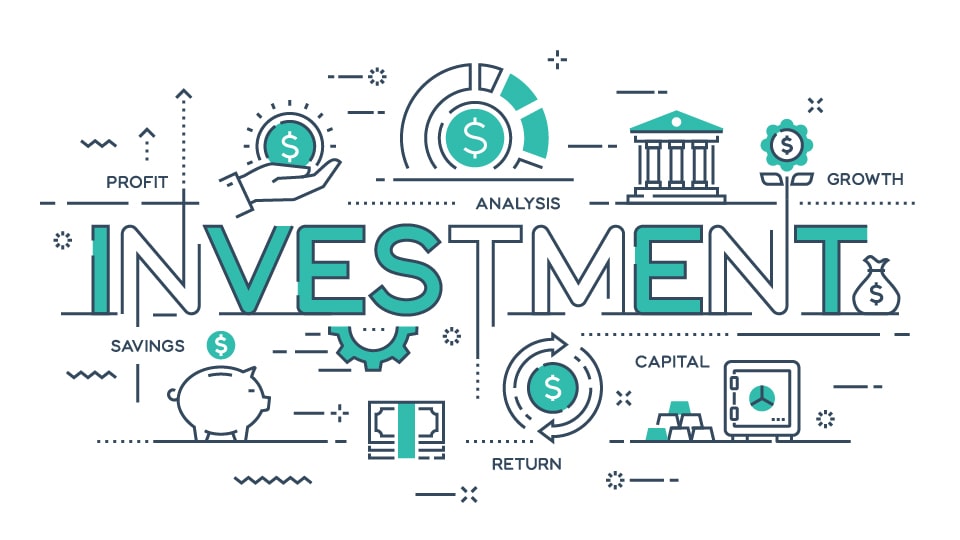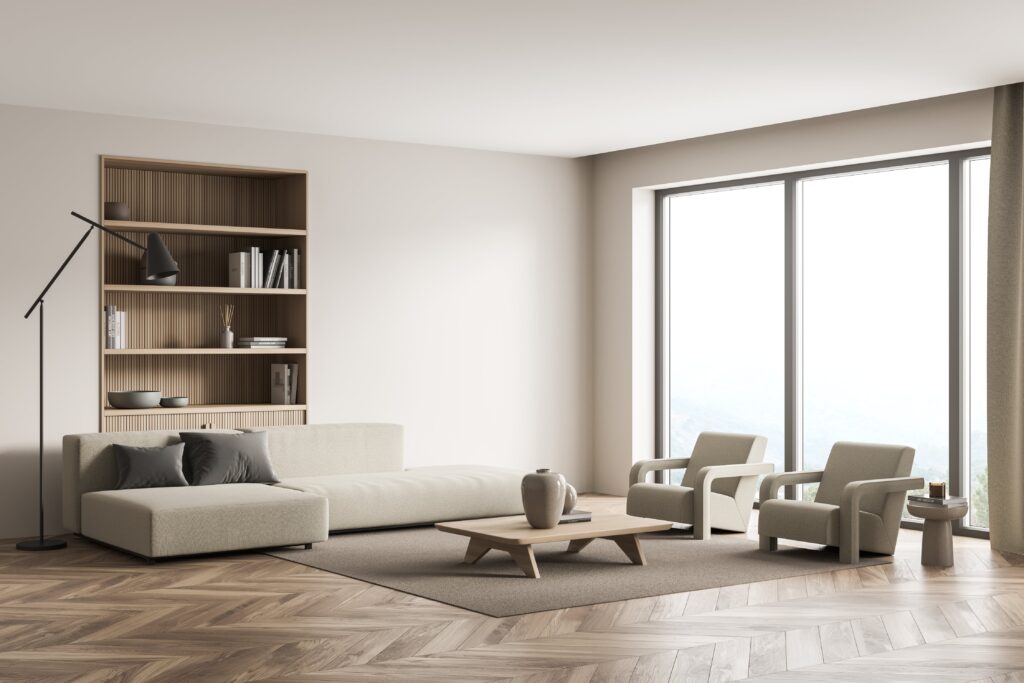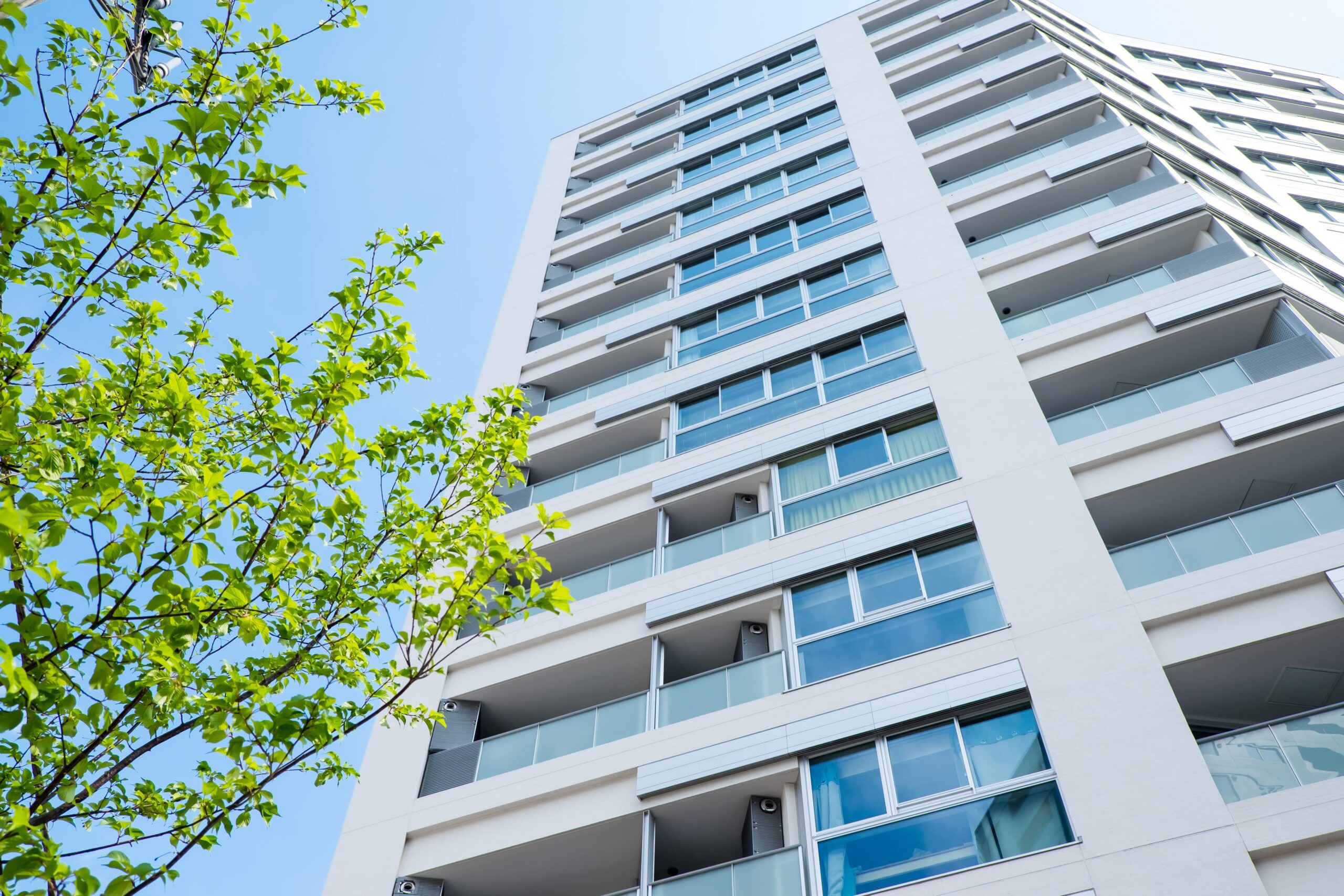There are many ways to invest in property. Buying your own home, buying and ‘flipping’, buying to rent, building and selling, part ownership and more. One of the newer concepts for property investment is ‘Build to Rent’ (BTR or sometimes B2R). While Build to Rent may seem straightforward, there’s a little more to it that needs to be understood before you start throwing around your cash. Learning how Build to Rent works and how it stacks up against the more traditional real estate investment route of Build to Sell should be part of your due diligence.

What are ‘Build to Rent’ and ‘Build to Sell’?
In the simplest of terms, Build to Rent is a ground-up property development meant to appeal to the rental market. Not home-buyers. The concept isn’t particularly new, what is new is the recent interest and subsequent increase in these types of real estate investments.
Build to Sell, on the other hand, is a ground-up development designed to appeal to the homeownership market. People who want to have full responsibility for the roofs over their heads – and maybe pass them on to the next generation.
On the face of it, there’s not that much difference. But just like identical twins can look the same and yet be near opposites in all other respects, such as the case for the BTR vs BTS story.
The buying and renting markets are very different beasts. Because of this, the homes built for them need to be different too.

How does Build to Rent work?
Renting is on the rise. Homeownership may have been the Australian dream for the Boomers and Gen X – maybe even early Millenials – but times are changing. The latest Australian census showed 30.9% of us rent our homes. That’s an increase of more than 260,000 households on the 2011 census – or 1.3%. When the results are tallied from this year’s census, it’s expected that figure will be even higher.
Build to Rent means creating homes that appeal to renters. That’s not just housing that meets modern standards of living – good internet connections, comfortably sized accommodation and beautiful surroundings – but additional appealing features too. Creating a sense of community, including facilities people value, like gyms, tennis courts, shared communal areas, lounges and ensuring it’s in a desirable area are all features that will help attract renters.
In many cases, build to rent homes and apartments are part of professionally managed communities. There may be a number of investors purchasing lots within a single BTR development. There’s good reason for it too – the rental market is less volatile than the buy market, the asset class has a healthy cap rate of around 4.75% to 5.5% and it’s now a proven concept. That means BTR now has enough years behind it to deliver the 3rd party data needed to underwrite and create a business plan for the investment.
One of the keys to getting a good return on your BTR investment is the building and community management system you choose. The ongoing quality of the asset and the relationships between management teams and the community can make or break a BTR investment as the months and years pass.
So, what about BTS; is investing in a new property to sell on completion old hat?

Build to Sell – a more traditional real estate investment model
Building a house you can profit from by selling when it’s complete is a different approach to real estate investment than BTR. For a start, you won’t have any ongoing management costs once you find your buyer.
Location is still a consideration with BTS but from a different viewpoint. Depending on the buyer you want to attract, you may be looking at proximity to schools, parks, restaurants or areas that have local council regeneration initiatives underway. However, you’ll be less concerned with all the community building work the BTR investor will need to get involved in.
You’ll still want to build something that is attractive to buyers – a high standard of accommodation, beautiful surroundings and mobile and internet connectivity still matter. It’s worth paying attention to housing trends if you’re thinking of a BTS investment.
Cap rates for BTS investments are generally a little higher than the BTR kind. Anything from 4% to 10% is considered good. Anything higher is considered excellent. You need to weigh your projected return against your initial outlay – the same as the BTR investment. The big difference here is that you’re holding out for your return in one lump sum from the sale. Markets fluctuate – as the recent downs and then up, up, up from the pandemic have illustrated.
It’s worth remembering that what goes up can also come down.

Which is better, BTR or BTS?
At the end of the day, neither is better than the other, they are simply different. Remember the twins? Their different characteristics will appeal to different people. It’s the same case with the BTR and BTS models. Like all investments, there is some risk of not reaching your profit targets and losing your initial investment.
Whether you choose the BTR investment route or the BTS will depend on how much effort and time you want to invest along with your money. How quickly you want to exit the deal is also going to be a key factor in the final decision – by definition, the BTR investment is going to have a longer exit strategy than the BTS model – if you ever exit at all.
If you do choose the BTR route, consider hiring a building management team and their community management tools as they can add definite value to the bricks and mortar while building your developer brand too.
